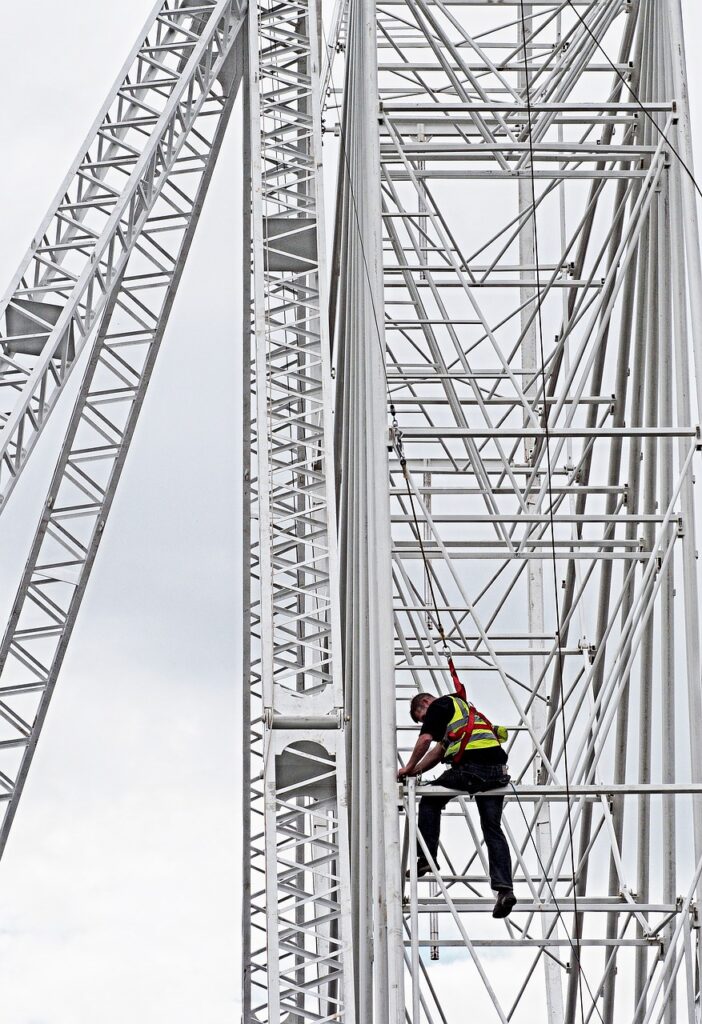Fall Protection
Falls are among the leading causes of serious injuries and workplace fatalities in the United States. According to the Bureau of Labor Statistics (BLS), there were 680 fatalities as a result of falls to a lower level in 2021.
What Can Be Done To Reduce Falls?
This portion of the toolbox talk was taken directly from OSHA.gov.
Employers must set up the work place to prevent employees from falling off of overhead platforms, elevated work stations or into holes in the floor and walls. OSHA requires that fall protection be provided at elevations of four feet in general industry workplaces, five feet in shipyards, six feet in the construction industry and eight feet in longshoring operations. In addition, OSHA requires that fall protection be provided when working over dangerous equipment and machinery, regardless of the fall distance.
Fall Hazard Controls
There are many different safeguards that can be used to control fall hazards when work at heights cannot be avoided. these safeguards include but are not limited to;
- Fall hazards should be clearly communicated to workers performing work at height or near work at height.
- Guardrails, toe boards, and/or other physical barriers can be used to effectively mitigate falling hazards at heights.
- Fall arrest systems including a full-body harness, lanyard, and approved anchor point used in conjunction with 100% tie-off practices also are effective in mitigating fall hazards. It is recommended that self-retracting lanyards (SLRs) are used to limit the distance of a potential fall.
- If fall arrest systems are used, a rescue plan must be developed and communicated to workers in case a fall occurs.
- Walking paths on elevated surfaces should be cleared and dry to mitigate the risk of slipping or tripping.
- Use powered lifts with approved anchor points in conjunction with fall arrest systems instead of ladders when possible. If ladders can not be substituted, three points of contact should always be maintained.
Sources
